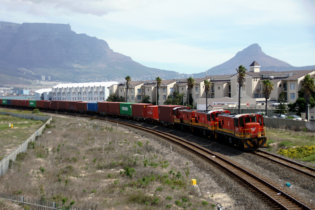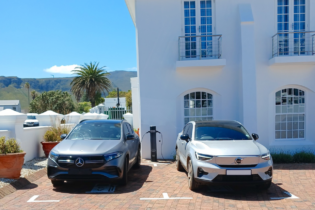Because of bad road infrastructure and long waiting times at borders posts, 90% of intra-Africa freight is transported by air.
Charles Brewer, MD of the sub-Saharan African operations of DHL Express, says this is why logistics in Africa can be as much as seven times more expensive than in Asia-Pacific, Europe or the Americas. Using the example of Nigeria, DHL Express’s second-largest market in Africa, Brewer says the company often moves freight between Lagos and Port Harcourt, about the same distance as between Johannesburg and Bloemfontein. By road, the transit time between the cities can be delayed significantly. Vehicles are at risk of being robbed. “In that scenario, we are forced to look at getting the freight off the ground and into the air, although the cost can be up to three times higher.” The reliance on airlines to move goods means recent investments by airlines in Africa is vital, he says. Although at least six African airlines suspended business in the last year, airlines like Kenyan Airways and Ethiopian Airlines recently announced significant investments in their fleets. Airlines like Etihad, Emirates and Qatar, from the Middle East, are also investing in African routes, which means African trade is less dependent on European carriers. “These investments come for the same reason that we and many other multinationals are here. Africa offers huge opportunities. From a logistics perspective, trade is growing enormously.”But the scarcity of commercial flights still presents a challenge to companies like DHL Express.
“Just over 12% of cities are served by just one flight a week, and over 50% by fewer than five flights a week. Only three cities out of 100 are served by 50 or more flights a week.” This contributes to the high cost of air travel and moving freight between African countries compared with flying from South Africa to many other parts of the world. The challenges to intra-Africa trade are partly to blame for the fact that less than 30% of trade by African businesses stay in Africa. In Europe and Asia-Pacific, more than 70% stays on the continent. “That clearly shows you a company that is located in, for example, Tanzania finds it more difficult to trade within its own region than to trade with the UK or Germany, or the US or China or India. “But it is improving from a few years ago. When we first started here, we were the ones knocking on the doors of customs officials and governments and saying the [trade] environment can be simpler. Today, it quite often is the customs authorities in the countries who come to talk to us and ask us to help them to be best in class. That is very encouraging.”







